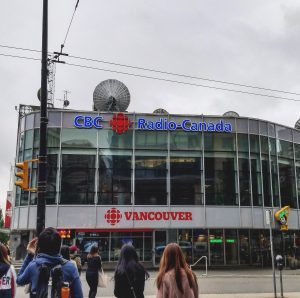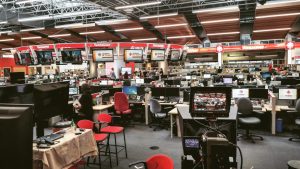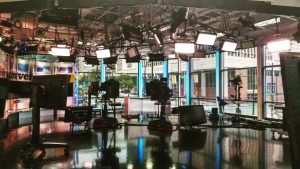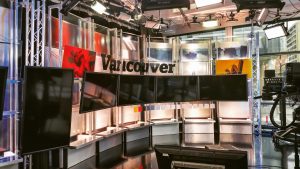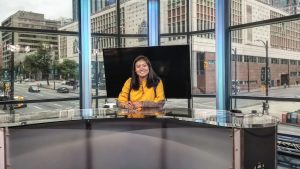I believe everyone in our class has completed numbers of group projects before, but there is indeed something that makes this final project special and unforgettable. The first point worthy to be mentioned is the group atmosphere. At the beginning, I was concerned that group mates would not take this project that seriously because it is “just” a summer program. However, the group atmosphere was even better than that in my home university. Everyone worked hard and kept putting forward ideas actively. With the brainstorming, we decided to make statistics about the occurrence of different types of reports that the Guardian recovered and fun facts it contained. It is really amazing that every member was willing to share ideas and I think it is passion for journalism that gathers us together.
The project is also a meaningful thing to myself. One year ago, I was acting as a simulated delegate journalist of the Guardian in the G20 Simulated Summit host in my home university. Since then I had been attracted by the Guardian, curious about why it is such an objective and serious news outlet. This final project gave me the chance to find the answer. The financial incomes are from subscribers, making the Guardian always acts independently and responsibly to its readers. Also, based on the background information and history development of the Guardian, I came to know more about how a news outlet operates and runs. Therefore, I found me so lucky to have this chance to be assigned a final project task rather than an exam.
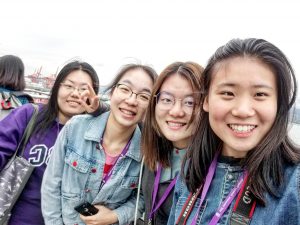
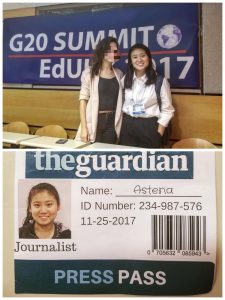
(Our group photo: Running Geese) (Act as a simulated delegate journalist of the Guardian)
Apart from our own groups, I found many of my classmates did a much better job than us. Having paid close attention listening to them, I realised that there were so many things we could learn. Take the Washington Post group as an example, Matthew deeply analysed the situation of the two parties in USA so as to give the audience better and clearer background information about the news outlet. Also, for the South Morning Post group, they have shown the change of press freedom from 2002 to 2018, which was a very careful finding. My other classmates mentioned the innovation and technology used by the New York Times as well, because in this era, scientific technologies mean a lot in journalism. What also impressed me was that one group made a comparison between reports and editorials, in which way they gave a more comprehensive image to analyse the news outlet. Though it would be better for some groups to explain more about the terminologies which were not familiar to the audience, many classmates gave pretty accurate, deep and properly detailed and concise analysis than us.
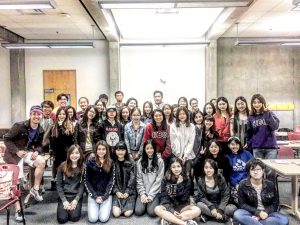
(Class photo)
Everyone was so diligent to put lots of efforts into the project, which inspires me to reflect on improvement I could make. Firstly, I think we should spend more time to prepare for the whole project. Moreover, what my classmates did reminds me that we should think outside the box rather than restricted by the specific time limits, because what matters most are what we learnt, found, and things we would like to share. Last but not least, improving my English is of great importance, no matter from vocabulary to grammar or from written to oral English. I really appreciate the time I spent here, which provides such a pure English environment to get myself all immersed. No worries, stepping forward is always needed.
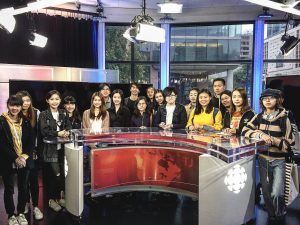
(CBC Visit Tour)
As Sharon said, that “being a journalist is a way for her to combine all her interests” really inspires me a lot. Because I am just in the same situation: having passion in many different fields of things, no matter from traveling to reading, from taking photos to writing articles, from psychology to language learning, or from sports to music. I also appreciate that I have opportunities to hear Dr. Saranaz Barforoush share so many colourful experiences, willingly and selflessly. This makes me firmly believe how cool, interesting and of course the most importantly—-meaningful that becoming a journalist could be.
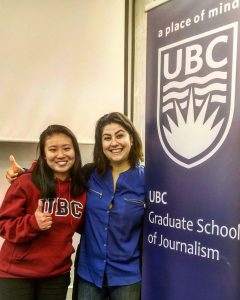
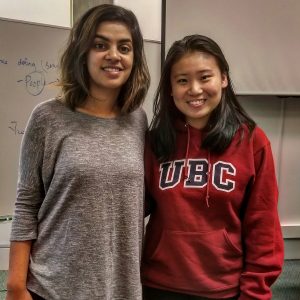
(Photo with Dr. Saranaz Barforoush) (Photo with Sharon)
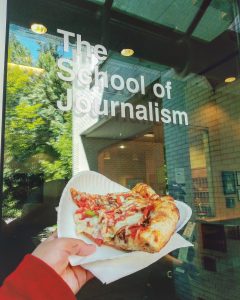
(Farewell pizza event)
Time flies—-
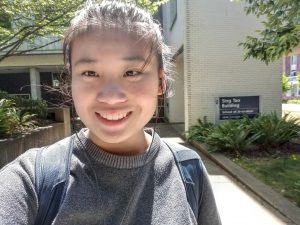
(At the School of Journalism, Sin Tao Building)
But road just begins.
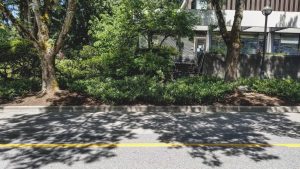
(Streetscape in front of the School of Journalism)
